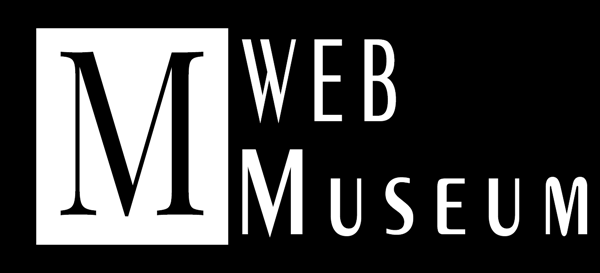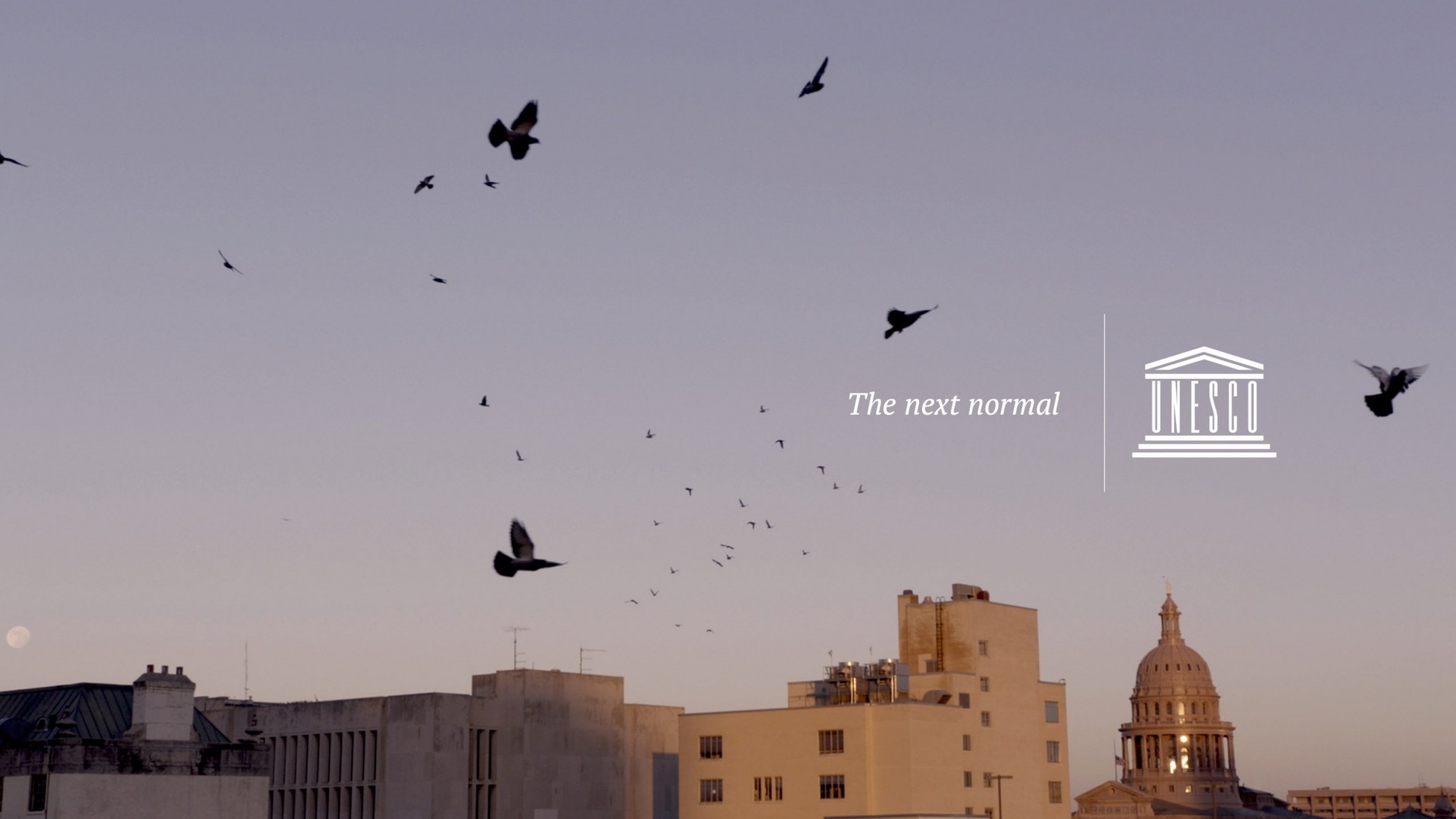Editorial on the Research Topic
Cultural Changes in Instructional Practices Due to Covid-19
Each classroom co-constructs its own culture through instructor classroom management, the skill with which that instructor delivers their content, and with respect to each individual’s background (Shlossberg and Cunningham, 2016). Classroom cultures are sustained through communication (Titsworth, 2017). In March 2020, many classroom cultures were disrupted in the “great pivot,” namely the enforced shift from face-to-face to virtual learning, when many students and instructors were forced to use communication channels and instructional tools they had never encountered. This special topic of Culture and Communication features articles that broadly touch on the intersection of classroom culture and Covid-19.
The first theme that arose from the articles was burnout and anxiety. Students entered the virtual pivot with different amounts of familiarity with online learning tools as well as different levels of self-discipline necessary for virtual learning (Feekery and Condon). Even after the spring 2020 pivot, when students returned to the virtual classroom with prior online learning experience, many still felt that online learning would not be a good fit to their learning styles (Goke et al.), which in turn negatively affected their experiences. In addition to anxiety over the virtual learning tools, many students dealt with anxieties over communicating in new platforms (Prentiss) and learning in new physical spaces after they were forced to move away from campus (Garland and Violanti).
The second theme that arose from many of the articles in this collection is the potential of online instruction. Face-to-face communication is often thought of as the proverbial “gold standard” of communication, the channel of communication most natural to humans from birth (Hollan and Stornetta, 1992), and certainly the channel that educators tout as the most effective (Westerman et al., 2016). Yet, well implemented online instruction can be at least as effective as face-to-face instruction if the tools are utilized well and communication is effective (Kelly and Westerman, 2016; Bates, 2019). Virtual learning allows instructors to access a different variety of instructional tools than the face-to-face classroom that may be more effective for teaching particular concepts (Denton) or fostering student engagement (Brown) as long as instructors effectively utilizes those tools while conscientiously communicating to develop social presence with their students (Greenan).
Source/Fonte: frontiersin.org




